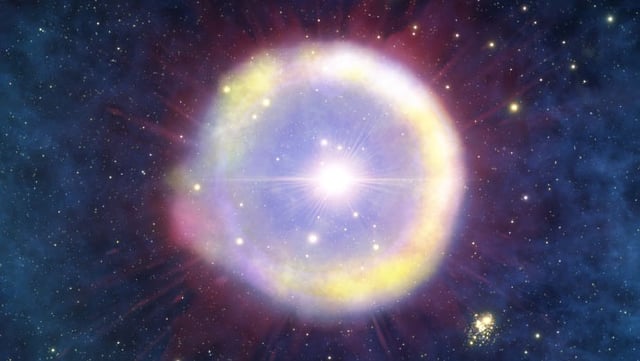Overview
- Cambridge-led researchers developed the first consistent model showing how the 21-cm signal varies with the masses of Population III stars by integrating ultraviolet and X-ray emissions.
- The team found that earlier studies underestimated the signal’s response by omitting the impact of bright X-ray binaries produced when the first stars died.
- REACH, now in its calibration phase in South Africa’s Karoo desert, will use these predictions to target hydrogen’s faint radio emission from roughly 100 million years after the Big Bang.
- The Square Kilometre Array, currently under construction, will map large-scale fluctuations in the 21-cm signal guided by the new theoretical framework.
- These predictions pave the way to constrain the mass distribution of the first stars and illuminate the transition from cosmic dawn to the epoch of reionization.

